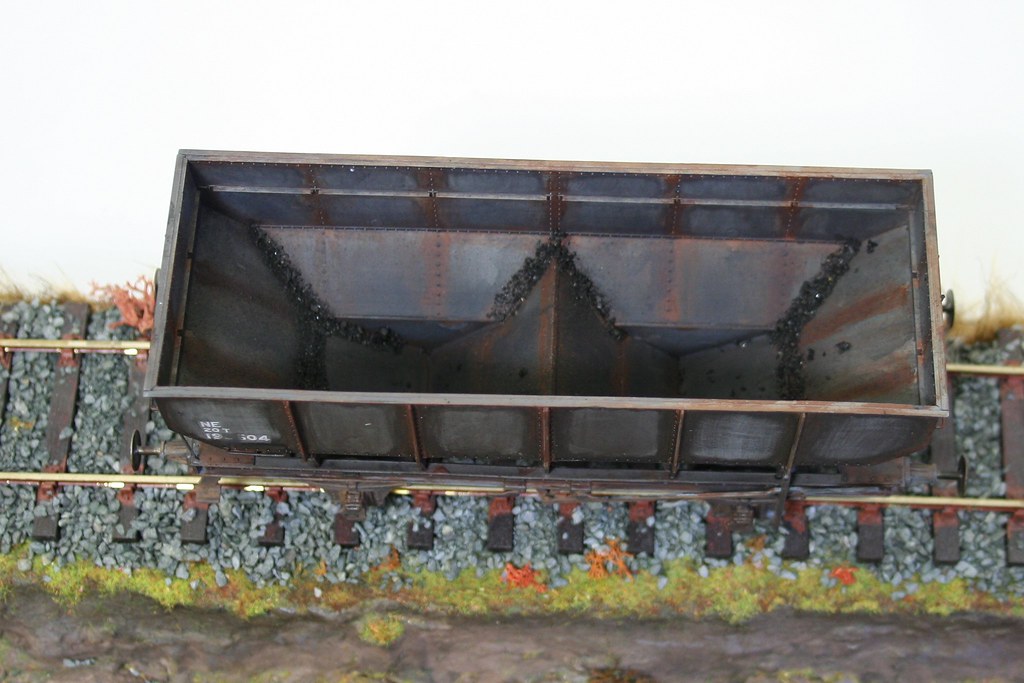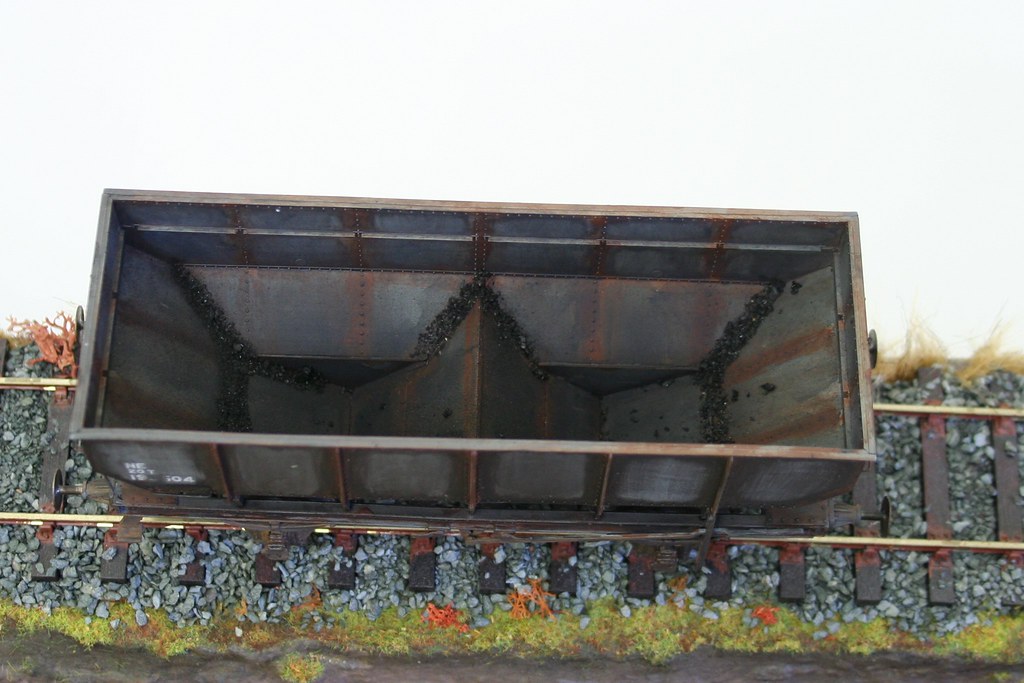Dog Star
Western Thunderer
I blame Chris Klein for announcing the Minerva Pannier available in BR black...
but not as much as Ian (@Ian Pope) who is responsible, single-handed, for moving our F0D colliery layout from the Edwardian era to the late 1950s - early 1960s. First there was BR Steam in Dean (Ben Ashworth photos, published by Lightmoor Press) as the thin end of the wedge...
and then there was British Railways in Colour - Forest of Dean Lines as the thick end of that taper...
and then Ian began to populate his Colliery Screens layout with Panniers in BR Black... and talked about a model of Speech House Road to show how the coal traffic was worked for the Wimberry Branch and Trafalgar Colliery... and then there was an influx of 16T minerals.
After which we gave in, ordered some Minerva Panniers and started down the slippery slope by buying the odd one or two of Parkside's finest.
OK, so the bodies are on the folding table... and the realisation dawned that the outside of the body might have been painted some shade of grey but what colour was the interior?. Was the interior grey? For how long? My guess is that by the late 1950s the interiors of 16T minerals were predominately rust - uniform or otherwise.
So, what is the recommended way of representing a rust finish on raw, grey, plastic?
thank you, Graham
but not as much as Ian (@Ian Pope) who is responsible, single-handed, for moving our F0D colliery layout from the Edwardian era to the late 1950s - early 1960s. First there was BR Steam in Dean (Ben Ashworth photos, published by Lightmoor Press) as the thin end of the wedge...
and then there was British Railways in Colour - Forest of Dean Lines as the thick end of that taper...
and then Ian began to populate his Colliery Screens layout with Panniers in BR Black... and talked about a model of Speech House Road to show how the coal traffic was worked for the Wimberry Branch and Trafalgar Colliery... and then there was an influx of 16T minerals.
After which we gave in, ordered some Minerva Panniers and started down the slippery slope by buying the odd one or two of Parkside's finest.
OK, so the bodies are on the folding table... and the realisation dawned that the outside of the body might have been painted some shade of grey but what colour was the interior?. Was the interior grey? For how long? My guess is that by the late 1950s the interiors of 16T minerals were predominately rust - uniform or otherwise.
So, what is the recommended way of representing a rust finish on raw, grey, plastic?
thank you, Graham
Last edited:





 .
.


